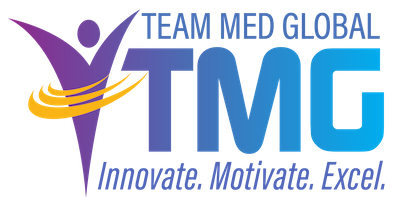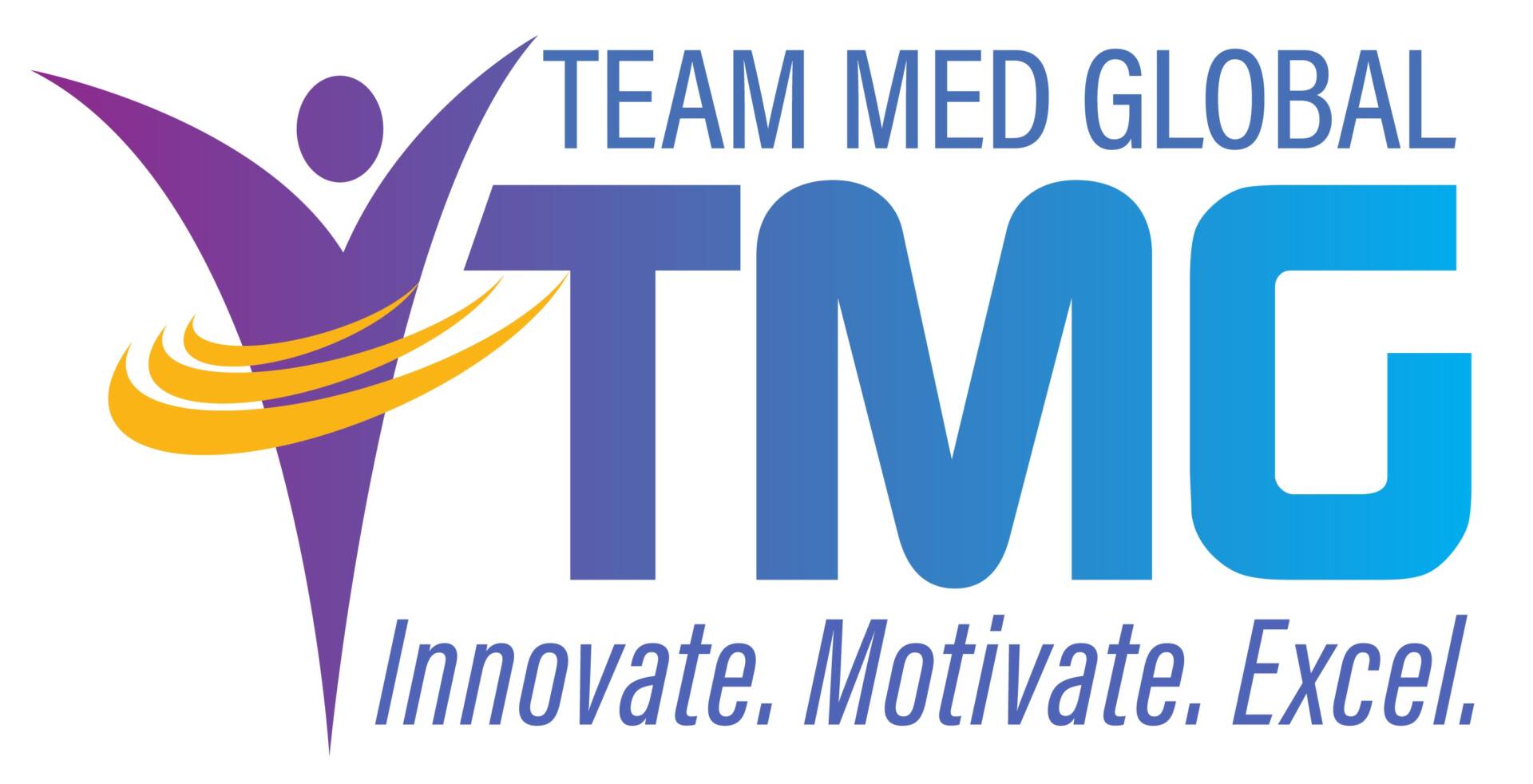Our nation’s healthcare market has exploded, and it shows no signs of slowing. Over the past decade, we’ve seen a boom in independent practice associations, health plans, larger mergers, and independent medical groups. And the U.S. Bureau of Labor Statistics forecasts four million new healthcare jobs by 2026. That has great long-term implications for the MSP career outlook, but in the short term, we’re being asked to do exponentially more with less. The result? We’re are at greater risk for MSP burnout.
MSPs are flexible. We understand and applaud growth and success. We’re willing to take on additional responsibilities. At the same time, we need to be proactive in analyzing our workflows and systems so that we can work smarter and not harder. By focusing on three specific areas of process improvement, we can keep MSP burnout at bay.
- Eliminate Functional Waste
Think carefully about your role and your added responsibilities and align similar functions. For example, what core functions in credentialing are similar to those in enrollment? Application data, application forms, and supporting documents are three that come to mind. Comparing and contrasting the two processes and eliminating duplicative effort can potentially reduce 40 percent to 50 percent of the work involved in credentialing and enrollment for one provider.
- Get Out of the Weeds
MSPs are – by nature and by necessity – very detail-oriented. The skill that makes us so successful can also undermine our efforts to improve processes. Why? Because we sometimes can’t see the forest for the trees. While it’s tempting to adjust a process in response to specific circumstances, getting repeatedly caught in the weeds is a recipe for burnout. For example, a single situation where a health plan took 45 days to load data or 180 days to credential one provider shouldn’t motivate us to revise our process to accommodate that outlier.
It’s crucial to get out of the weeds and think about the process as a whole. Remember, the efficient people keep us happy and the challenging people keep us busy. It’s key to get out of the weeds and consider making efficiencies that will benefit the typical situation and not a rare event.
- Communication is Key
We’re always able to see farther when the glass is clear than when it’s cloudy. Because our process relies heavily on external systems, it is highly important to document and communicate challenges. This helps leadership make modifications to agreements. For example, if a provider is set to start on a particular day and a health plan is taking longer than expected, leadership can determine if the start date should be moved or if that health plan’s patients should be redirected to another provider. Incorporating communication into processes maintains forward momentum and prevents us from feeling stuck.
As the healthcare delivery landscape continues to expand, MSPs’ responsibilities will continue to expand. We’re up to the task, but should be mindful that expending 16 hours of energy in an eight-hour day is a recipe for burnout. By focusing on process improvements, we can maintain both our effectiveness and our equilibrium.

